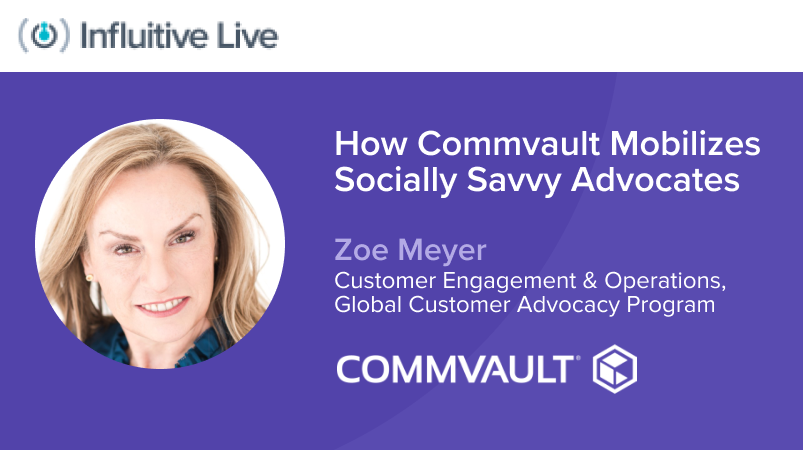What do customer success, customer advocacy, and account-based marketing have in common? The answer is the Customer. And together they form the foundation of the Customer Experience.
Research from SiriusDecisions shows that 80% of buying decisions are based on customer experience. To better cater to customer demands, B2B companies are beginning to focus on metrics such as customer lifetime value to build advocacy and keep their company top-of-mind with a solid customer experience.
So what exactly is the mission of each group in the organization and how can they come together to create a positive and sustaining customer experience?
Foundation of Customer Experience
Let’s begin with Customer Success. Many companies, in particular SaaS-based companies, have embraced the role of Customer Success. The main idea is to drive product adoption and deliver product value thereby increasing customer retention or reducing churn. This role might be slightly different from organization to organization and it may include customer onboarding, customer support, training, and communicating the needs of the customer to internal stakeholders. This pillar sets the stage for the customer lifecycle value, creates, and identifies a Happy Customer.
Customer Advocacy is when a customer is genuinely excited about your product or service and is willing to share this feeling with others, usually in a proactive way. It may take the form of one or any combination of activities such as case studies, sales reference calls, videos, social media and user community posts, event speakers, advisory boards, analyst and investor relations, as well as, media/PR support. This pillar helps customers share their experiences with a brand.
Account-Based Marketing (ABM) focuses marketing and sales resources on a defined set of targeted accounts and executes personalized campaigns designed to resonate with each account. It is about being focused on the customer’s needs and deploying the most effective marketing tactics available to nurture value-added conversations with key customer stakeholders. This pillar aligns marketing activity with account strategies.
Tying Them All Together
Now let’s look at how these three pillars come together. Customer Success creates and identifies a Happy Customer. The Customer Advocacy team engages the Happy Customer with activities to share their positive experience with your brand. ABM deepens the relationship between the company and the customer, adding relevance to the ongoing customer conversation.
A satisfied customer is ready and willing to help you win new business. Put that advocacy to work in the buyer’s journey, and those happy customers become your most effective sales assets.
Customer advocacy can be leveraged in ABM to move a prospect further along the sales cycle. For example, the use of a case study or video interview of a happy customer and their success demonstrates the value of your products and services to an ABM prospect.
We now have come full circle in the customer lifecycle. Together, these three pillars of Customer Success, Customer Advocacy, and Account-Based Marketing, invest in the long-term and ongoing success of the Customer.
Seamless Communication
How can the communication among these three teams flow seamlessly? In addition to an agreed-upon customer engagement strategy, seamless communication can be achieved through technology integration.
Most organizations use a sales CRM as the source of customer truth. Customer success platforms, such as Gainsight, integrate with the sales CRM. Account-based marketing and customer advocacy teams oftentimes reside in a marketing organization. These teams, too, can be connected through CRM integration. If you are using a customer engagement platform, such as Influitive, and a customer reference tool, such as Upland|RO Innovation’s ReferenceView, you can maintain a seamless customer experience, improve workflows, and measure the return on advocacy with certainty.




